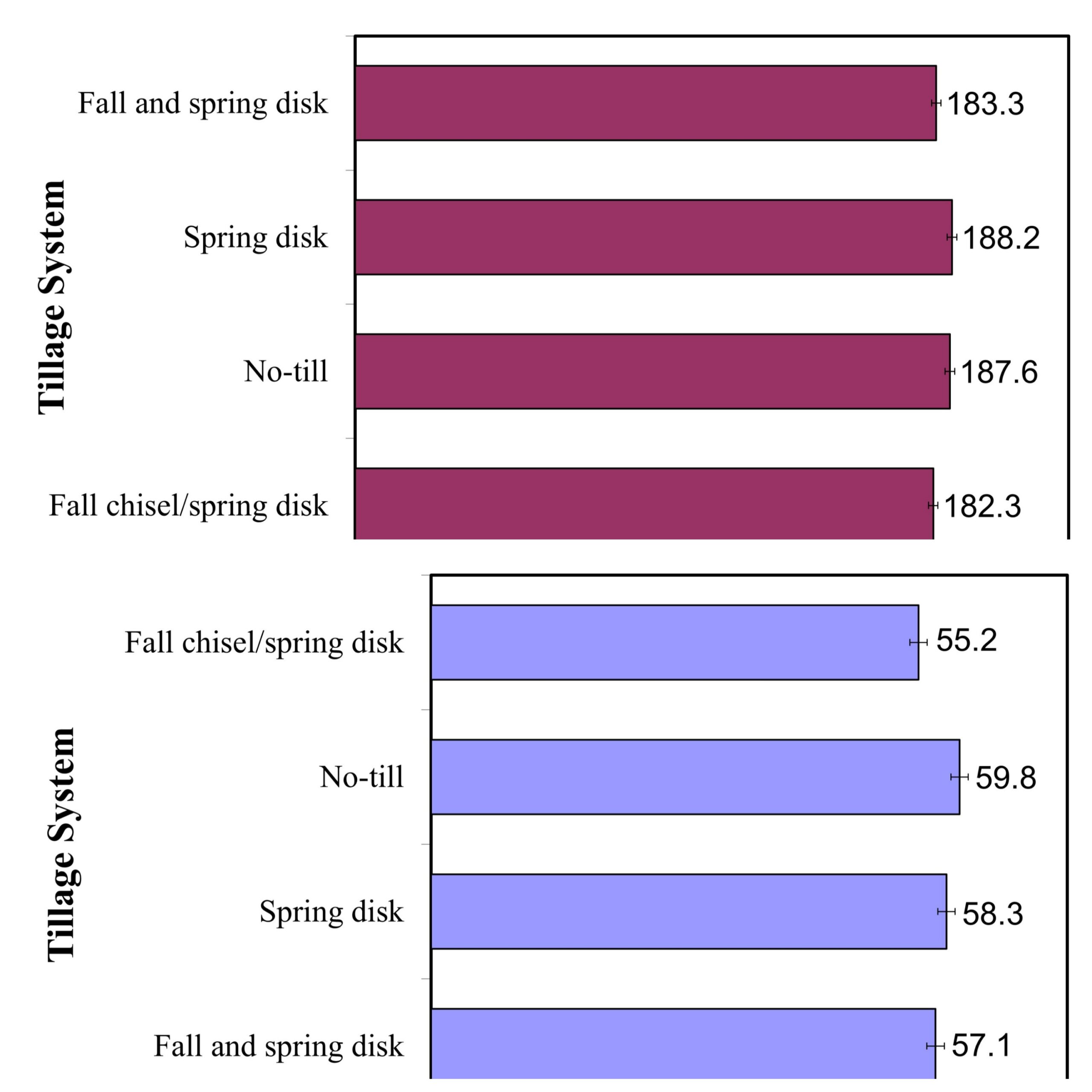MU Graves-Chapple Center compares corn, soybean tillage systems over decades

ROCK PORT, Mo. — Decades-long research on corn and soybean plots at the University of Missouri Graves-Chapple Extension and Education Center in northwestern Missouri shows how tillage systems have affected yields.
Four of the most common tillage systems were compared at Graves-Chapple in Rock Port: fall and spring disk; spring disk; no-till; and fall chisel and spring disk.
Last year was the 34th year of the corn tillage systems research at Graves-Chapple. According to the center’s 2023 annual report, each plot comprised eight 30-inch rows that were 250 feet long. The corn plots were planted on April 18, 2023, with a population of 32,000 seeds per acre in a field that raised soybeans in 2022. Harvest was on Oct. 10, 2023.
The 2022 growing season had been dry. Last year, rainfall during the growing season was sparse and below average, and temperatures had large swings. The no-till corn plot had the highest yield at 218.8 bushels per acre. The fall chisel and spring disk plot was the lowest-yielding system, yielding 206.7 bushels per acre.
“History has shown that during weather patterns like this, no-till usually has the highest yield because it allows better water infiltration,” said Jim Crawford, director of Graves-Chapple Center, in a press release. “Allowing the roots to chase water deep into the profile benefits the plants when the hot and dry summers arrive.” No-till conditions also help moderate swings in soil temperatures.
The cumulative results of the study, over 34 years, show the spring disk system had the highest corn yield of 188.2, followed closely by no-till at 187.6.
The soybean tillage research at Graves-Chapple has been conducted for 23 years. Over that time, the no-till treatment had the highest average yield for any tillage method, averaging 59.8 bushels per acre per year, followed closely by spring disk at 58.3 bushels per acre per year.
In 2023, no-till plots had the highest yield at 63 bushels per acre. The fall chisel and spring disk was the lowest-yielding system, yielding 55.9 bushels per acre.
Each plot consisted of eight 30-inch rows that were 250 feet long. The plots were planted on May 10, 2023, with a population of 138,500 seeds per acre into corn residue. Harvest was conducted Nov. 13, 2023.
Yield results were taken from the center four rows of each plot in both corn and soybeans.
“The biggest aspect of no-till over the years is the financial savings since there are no tillage costs,” said Crawford. “The application of fertilizer, herbicides, seed, planting and harvesting were the same for each of the tillage systems used.” Over this time frame there is no significant difference between the yields for the four systems. The real advantage is the lower labor and equipment costs for no-till, making it the most profitable over this time frame.
“We used the average cost people charge for each tillage operation to account for labor and equipment costs,” he said. These numbers came from MU Extension publication G302, “Custom Rates for Farm Services in Missouri,” available for free download at https://extension.missouri.edu/g302.
Environmental benefits are another bonus with no-till, Crawford said.
“No-till programs greatly reduce the amount of soil erosion caused by wind and water runoff,” he said.
Download the full 2023 Graves-Chapple annual report at http://muext.us/GC2023.
Miss Clipping Out Stories to Save for Later?
Click the Purchase Story button below to order a print of this story. We will print it for you on matte photo paper to keep forever.

